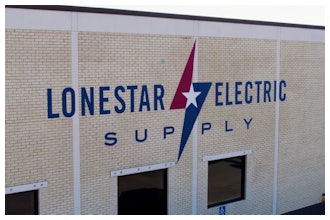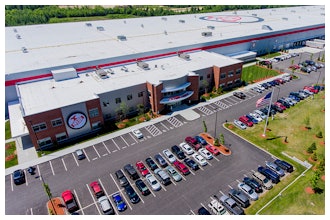Think of your business as if it were a large tactical ship. Now, imagine a potential acquirer of that ship admiring it from the shore. “Wow,” the fellow says, “look how well that ship runs! The officers in charge manage it perfectly! Everyone looks up in awe as it sails by. I’ve got to buy it!”
Next thing you know, the acquirer makes a successful offer for the ship. He can’t wait to get aboard and meet the great leadership team and crew, only to be disappointed when he walks onto the bridge to see that all the officers have left.
The first words would be: “Who’s going to run this operation? Where’s the captain? The executive officer? I thought I was buying the ship and the entire team!”
This reaction upon finding a ship’s empty bridge is no different than you would see from someone who acquired your company... only to find out that the leadership has all jumped ship when the transaction closed.
We all know that the leadership of a company — as well as the “crew” they assemble and the culture they establish — are what make a company successful. It’s that leadership the acquirer wants to move the company forward, taking advantage of their institutional knowledge, and their relationships to employees, the brand, the vendors, and the banks. Acquirers want leadership continuity, and if there is no leadership continuity, the acquirers want to see a sophisticated, highly professional process of succession planning to guarantee leadership performance through a leadership transition.
Without exception, in the absence of leadership continuity or succession planning, acquirers will either walk away, or severely devalue a leaderless or poorly led company.
What the Experts Say
I checked in on this topic with a leading executive placement firm, and here’s what Tom Misura of the Misura Group said:
“If you want the executive succession to be factored into the valuation of the sale,” Tony explains, “acquirers will want to see the trailing three year’s financials, during which the future leaders of the company had significant authority.”
Naturally, if an acquirer likes those financials, they’ll want to keep the leadership that put up those numbers. And if some of that leadership is not going to stay on under new ownership (e.g. when owners who cash out), then those leaders have to be replaced by new people that the acquirer believes have the talent to steer the ship in the future.
“Also recognize,” Tony Misura added, ”that putting a solid team in place can be a three- to four-year process. If you’ve made the wrong hire in the run-up to the sale of the business, you need enough time to determine if a particular hire was ill-advised. Remember Harvard Business Review reported that Fortune 500 leaders run about 50 percent success rate on hiring decisions.”
The lesson here is clear: Don’t wait until the last minute to install a new team that will remain in place post-acquisition. The leadership should be an integral part of the success of the operation that’s being acquired, and they should have been in place for a meaningful period of time... surely enough time to prove that they are the right team to make the operation a continued success. What’s more, the leadership team that will remain in place must know about the potential pending sale of the company. You can only imagine the damage control you’d have to do if you suddenly broke the news to the management team that you’ve sold your company, only to have half of them storm off, resentful that they weren’t kept in the loop.
Family Involved?
Ensuring leadership continuity and success planning can have added complications if the business is family-owned and family-run. When multiple family members own different percentages of the company, and some want to leave and some want to stay on, it is probably advisable that a dispassionate (non-family-member) consultant be involved in constructing the go-forward leadership team… and that advisor should be vested with some power. Although granddad and dad might have done a great job building up the company over the decades, junior might not be the executive material that an acquirer wants in place. If a family insists that junior be the new CEO, and the acquirer isn’t exactly thrilled with that prospect, the acquirer may devalue the company accordingly or entirely lose interest and walk away. This is where that dispassionate outside can step in, preserve the value that is at risk or being lost, and get the right leaders installed. That said, even with the most structured system in place, it’s hard to avoid awkward family conversations. But it’s better to have those conversations now, rather than in the heat of the sale of your company.
John Wagner is a managing director at 1St West Mergers and Acquisitions, which offers a specialty practice in the industrial distribution and software sectors. Learn more: www.1StWestMA.com. Contact John Wagner: [email protected]; 919-798-9984






















